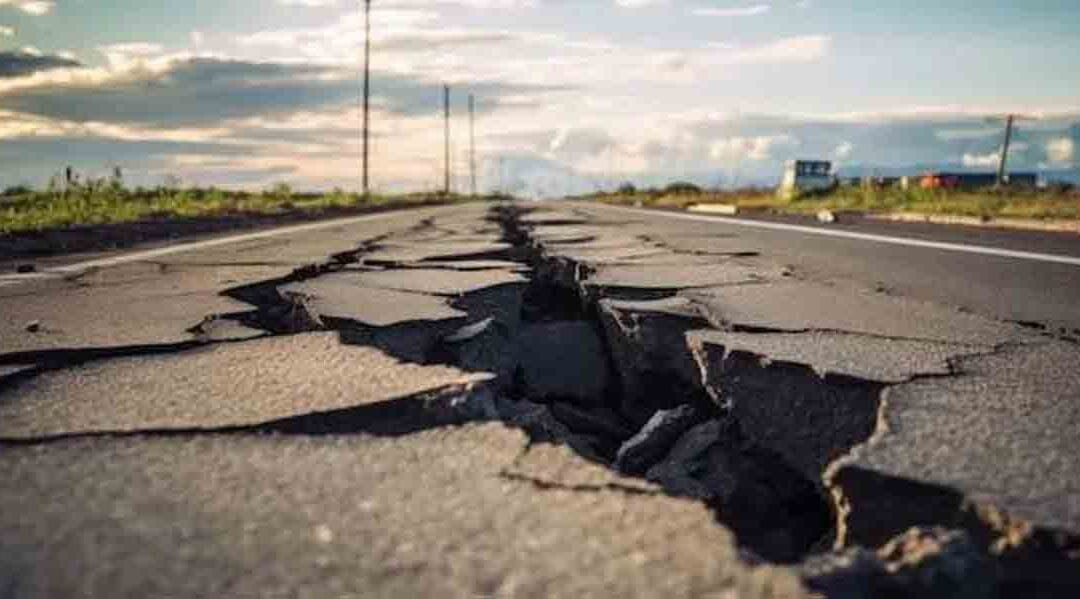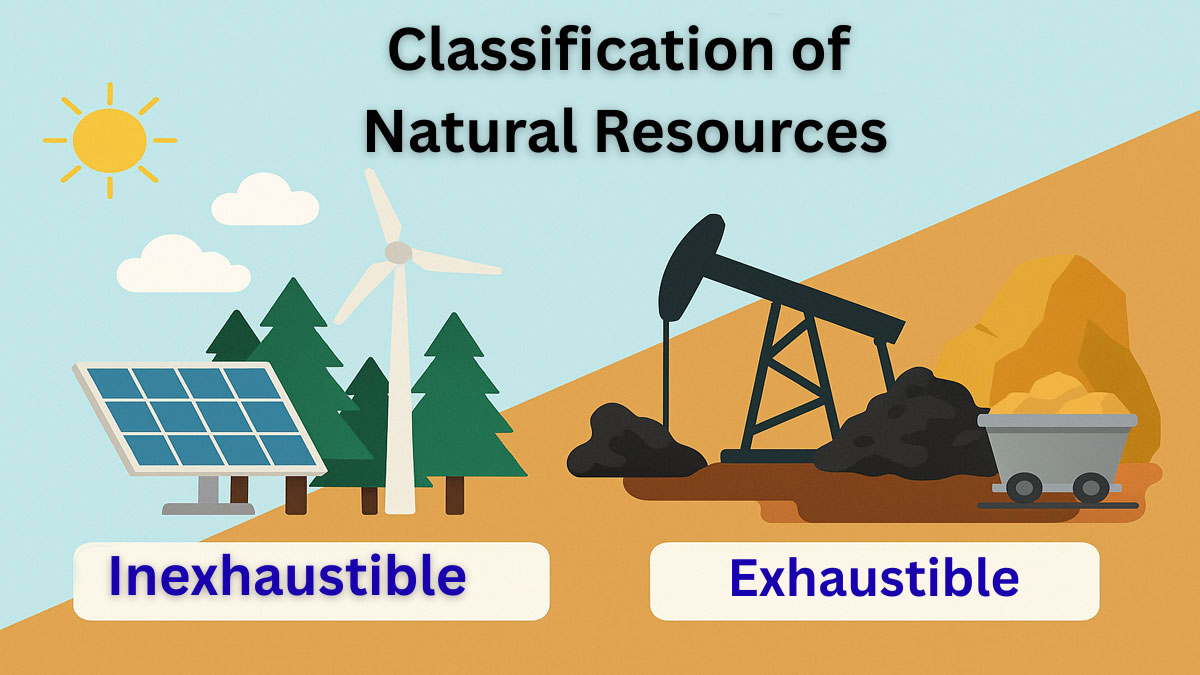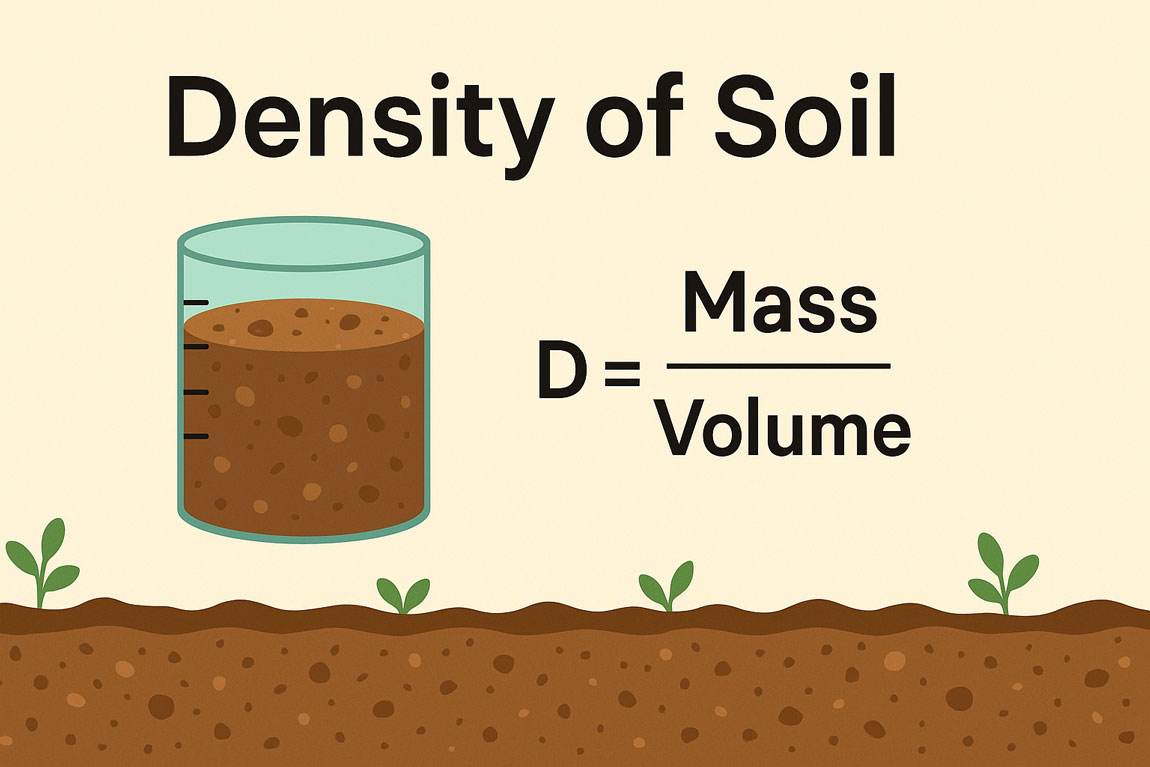Earthquakes commonly affect other parts of Earth systems. The intense shaking associated with an earthquake can cause tremendous damage and loss of life. Still, it can also trigger landslides that may disperse pathogenic microbes into the atmosphere and cause additional human health concerns.
What is an Earthquake:
Earthquakes are vibrations of the earth caused by the sudden release of energy, usually as a result of the displacement of rock blocks along plate boundaries and faults.
Types of Earthquakes:
There are four main types of earthquakes based on their causes:
- Tectonic Earthquakes
- Volcanic Earthquakes
- Collapse Earthquakes
- Explosion Earthquakes
Causes of Earthquakes:
An earthquake is a trembling or shaking of the ground caused by the sudden release of energy stored in the rocks beneath the Earth’s surface. Tectonic forces acting deep in the Earth may stress the rock, which may bend or change shape.
If you bend a wood stick, your hands put stress (the force per unit area) on the stick; its bending (a change in shape) is the strain. Like a bending stick, rock can deform only so far before it breaks. When a rock breaks, energy waves are released and sent through the Earth. These are seismic waves, the waves of energy produced by an earthquake.
Seismic waves cause the ground to tremble and shake during an earthquake. The sudden release of energy when rock breaks may cause one vast mass of rock to slide past another mass into a different relative position. The break between the two rock masses is a fault. The classic explanation of why earthquakes occur is the elastic rebound theory.
It involves the sudden release of progressively stored strain in rocks, causing movement along a fault. Deep-seated internal forces (tectonic forces) have been acting on a mass of rock for many decades. Initially, the rock bends but does not break. As the bending becomes more severe, more energy is stored in the rock.
Eventually, the energy stored in the rock exceeds its breaking strength, and the rock breaks suddenly, causing an earthquake. Two masses of rock move past one another along a fault. The movement may be vertical, horizontal, or both. The strain on the rock is released; the energy is expended by moving the rock into new positions and creating seismic waves.
The brittle behavior of breaking rock usually occurs near Earth’s surface. Rocks at depth are subject to increased temperature and pressure, which tend to reduce brittleness. Deep rocks behave as ductile materials instead of breaking (brittle behavior); hence, there is a limit to the depth at which faults can occur.
However, some of the deepest and largest earthquakes occur at convergent plate boundaries, where the cold oceanic lithosphere is subducted and breaks in a brittle way, generating earthquakes. Most earthquakes are associated with movement on faults, but the connection with faulting may be difficult to establish in some quakes.
Some quakes, including the 1994 Northridge, California, and 2010 Haiti earthquakes, occurred on buried thrust faults that did not cause surface displacement. Most earthquakes in the eastern United States are also not associated with surface displacement.
Earthquakes also occur during explosive volcanic eruptions and as magma forcibly fills underground magma chambers before many eruptions; these quakes may not be associated with fault movement.
Effects of Earthquakes:
- Ground Shaking: It is a ground vibration observed during an Earthquake.
- Landslides: The shaking of the Earth’s surface can disrupt land and mud.
- Fire: Earthquakes can cause fires and volcanic eruptions.
- Ground displacement: This is another effect of an Earthquake that can cause the ground to change position in horizontal and vertical directions.
- Floods from dam and levee failures: Dams and levees are hydraulic structures that may break due to defaults or unexpected events. When an Earthquake occurs, water can be suddenly released, creating a flood.
- Tsunamis: waves activated by large Earthquakes that occur near or under the ocean.
Frequency of Earthquakes of different magnitude:
| Frequency of Earthquakes of different magnitude worldwide | ||
| Magnitude | Number of Earthquakes per year | Description |
| > 8.5 | 0.3 | Great |
| 8.0 – 8.4 | 1 | |
| 7.5 – 7.9 | 3 | Major |
| 7.0 – 7.4 | 15 | |
| 6.6 – 6.9 | 56 | |
| 6.0 – 6.5 | 210 | Destructive |
| 5.0 – 5.9 | 800 | Damaging |
| 4.0 – 4.9 | 6,200 | Minor |
| 3.0 – 3.9 | 49,000 | |
| 2.0 – 2.9 | 300,000 | |
| 0 – 1.9 | 700,000 | |
Significant Earthquakes in History:
On Tuesday, January 12, 2010, a magnitude seven earthquake struck close to Port-au-Prince, the capital city of Haiti. The city and other parts of Haiti were left in ruins. Responses to the emergency were severely hampered because roads were blocked by debris, hospitals were heavily damaged, the seaport in Port-au-Prince was rendered unusable, and the control tower at the airport was damaged. This not only made it difficult for Haitian emergency workers to rescue those trapped or injured but also made it difficult for international relief to reach the country quickly. The Haitian government estimates that over 300,000 people were killed, and a million were left homeless. However, due to the immense damage and the difficulties involved in the response, the actual impact on casualties may never be known.
Just one month later, on February 10, a magnitude 8.8 earthquake hit off the coast of central Chile. The quake was the sixth largest ever recorded, releasing 500 times as much energy as the Haitian earthquake, and was felt by 80% of the population. The sea floor movement caused by the quake generated a tsunami that caused major damage to some coastal communities and prompted the issuance of a Pacific-wide tsunami warning. It is estimated that 577 people were killed, and 1.5 million people were displaced.
Japan is seen as a world leader in earthquake engineering, but nothing could prepare the country for the March 11, 2011, events. At 2:46 p.m., a devastating magnitude 9.0 earthquake hit the east coast of Japan. The quake was the largest known to have hit Japan. Soon after the earthquake struck, tsunami waves as high as 38.9 meters (128 feet) inundated the coast. Entire towns were destroyed by waves that sometimes traveled up to 10 kilometers (6 miles) inland. The death toll from this disaster was almost 16,000, and nearly half a million people were left homeless.
Earthquake Prediction:
Earthquake prediction is a popular pastime for psychics and pseudo-scientists, and extravagant claims of past success are expected. Predictions claimed as “successes” may rely on a restatement of well-understood long-term geologic earthquake hazards or be so broad and vague that they are fulfilled by typical background seismic activity.
Neither tidal forces nor unusual animal behavior have helped predict earthquakes. If an unscientific prediction is made, scientists cannot state that the expected earthquake will not occur because an event could happen by chance on the predicted date. However, there is no reason to think the expected date is more likely than any other day.
Scientific earthquake predictions should state where, when, how big, how probable the predicted event is, and why the prediction is made. The National Earthquake Prediction Evaluation Council reviews such predictions, but no generally helpful method for predicting earthquakes has been found.
Because of their devastating potential, there is great interest in predicting the location and time of large earthquakes. Although much is known about where earthquakes are likely, there is currently no reliable way to predict the days or months when an event will occur in any specific location.






